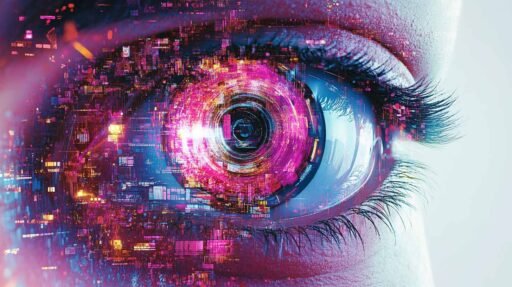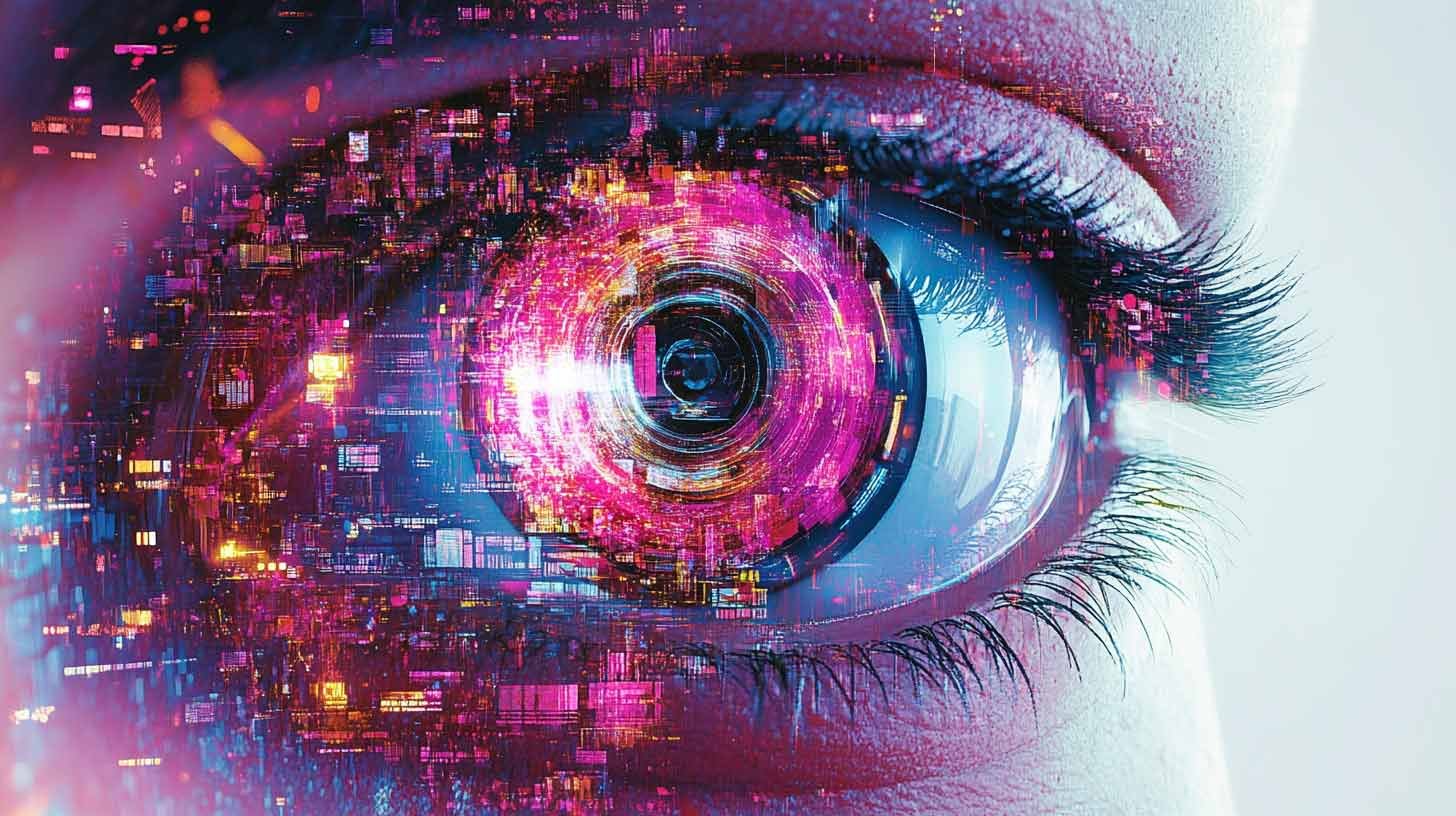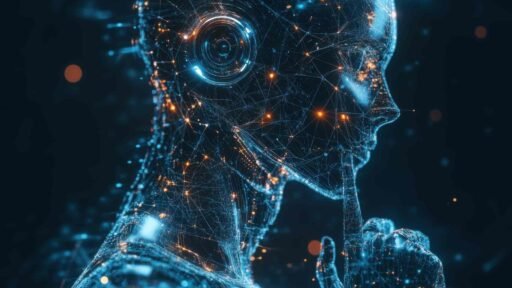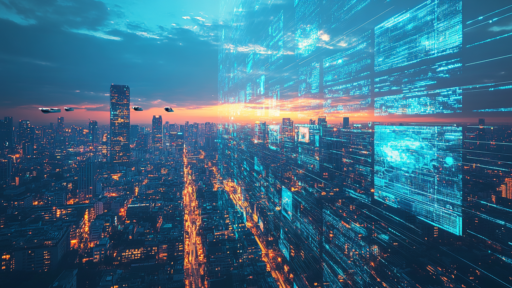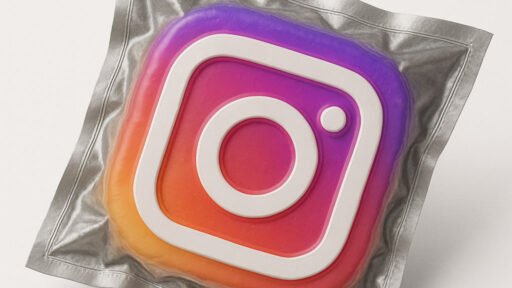The AI Revolution: Transforming Art, Design, and Creativity
Artificial Intelligence (AI) is reshaping the world of art and design, offering unprecedented tools and possibilities for creative expression. From generating art to enhancing design processes, AI is opening new horizons for artists and designers. In this post, we’ll explore the impact of AI on art and design, along with practical tips and insights for leveraging this technology.
The Impact of AI on Art and Design
1. Generative Art
Description: AI algorithms can create original artworks by learning from existing art styles and applying them in unique ways.
Example: Artists use Generative Adversarial Networks (GANs) to create stunning visual pieces that blend different artistic styles.
2. Enhanced Design Processes
Description: AI tools can automate repetitive design tasks, allowing designers to focus on more creative aspects.
Example: Software like Adobe Sensei helps in automating photo editing, freeing up time for designers to work on creative projects.
3. Personalization and Customization
Description: AI can analyze user preferences to create personalized and customized design solutions.
Example: E-commerce platforms use AI to provide personalized product recommendations and customize user interfaces based on individual preferences.
4. New Forms of Interaction
Description: AI enables new ways of interacting with art and design through augmented reality (AR) and virtual reality (VR).
Example: AR apps allow users to visualize how a piece of furniture will look in their home before making a purchase.
Practical Tips for Leveraging AI in Art and Design
1. Experiment with AI Art Tools
Tip: Explore AI art tools like DeepArt and Artbreeder to create unique artworks. These platforms allow you to experiment with different styles and generate original pieces.
2. Incorporate AI in Design Workflows
Tip: Use AI-powered design tools such as Canva and Sketch2Code to streamline your workflow. These tools can help automate mundane tasks and enhance creativity.
3. Stay Updated with AI Trends
Tip: Follow AI and design blogs, attend webinars, and participate in online communities to stay informed about the latest trends and advancements. Websites like AI-AP and Designboom are great resources.
4. Embrace Collaboration
Tip: Collaborate with AI tools and other creators to push the boundaries of your work. AI can offer new perspectives and insights that complement human creativity.
5. Learn from AI-Generated Data
Tip: Analyze data generated by AI tools to gain insights into user preferences and behavior. This can help you create more targeted and effective designs.
Conclusion
AI is revolutionizing the fields of art and design, providing new tools and possibilities for creative expression. By embracing AI, artists and designers can enhance their workflows, create personalized experiences, and explore new forms of interaction. As technology continues to evolve, the synergy between AI and human creativity will undoubtedly lead to groundbreaking innovations in art and design.


